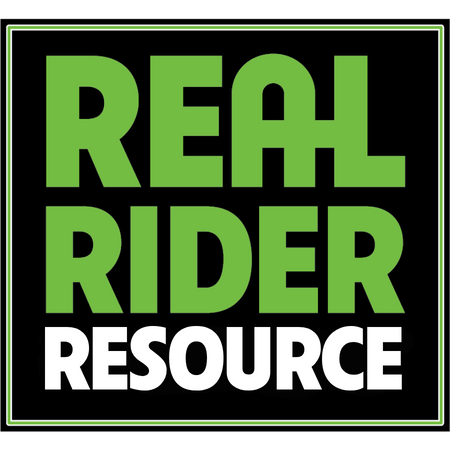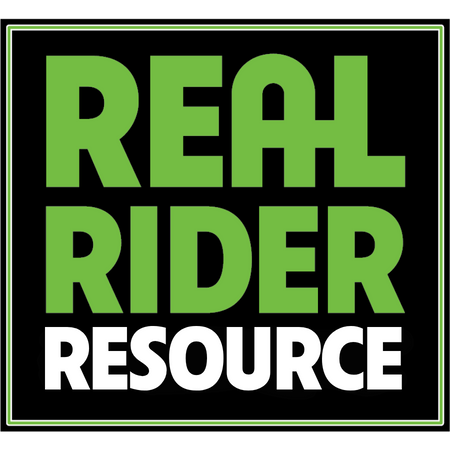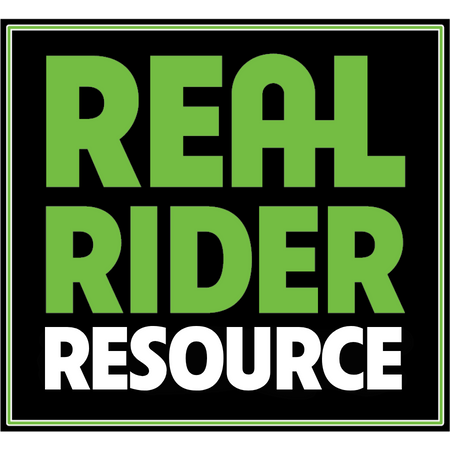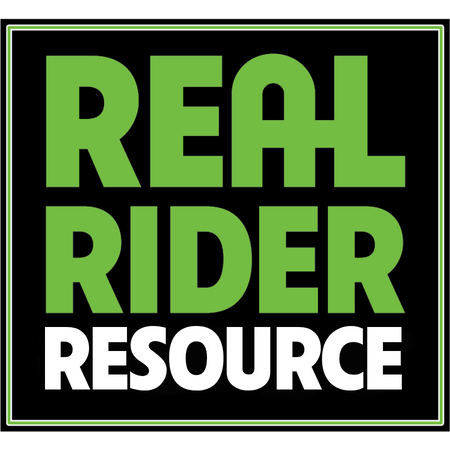Wobbler Syndrome (CVM) in Horses: Causes, Symptoms, Diagnosis, Treatment & Rehab
Mild hind-end wobble today can become a big problem tomorrow. Here’s how to spot CVM early, work with your vet on diagnosis and care, and keep your horse safer and more comfortable through rehab.
What CVM Is (Pathophysiology)
Wobbler Syndrome—also called Cervical Vertebral Malformation/Malarticulation (CVM)—narrows the spinal canal in the neck and compresses the spinal cord. Compression may be dynamic (worse in flexion/extension) or static (present at rest). The result: faulty nerve signals to the limbs, especially the hind end, appearing as ataxia and weakness.
Risk Factors & Early Signs
Risk Factors
- Rapid growth/high-energy diets; mineral imbalances
- Developmental orthopedic change or trauma to the neck
- Tall/long-necked types; young, fast-growing horses (but any age possible)
Catch It Early
- Mild hind-end incoordination; drifting on turns
- Toe dragging/uneven hind toe wear; knuckling on backing
- Reluctance to canter, swap leads, or back straight
Call the Vet Early neuro eval changes the game. Don’t wait for obvious stumbling or falls.
Diagnosis: Neurologic Exam & Imaging
- Neurologic exam and ataxia grading on straight lines, circles, hills, and backing
- Cervical radiographs; contrast myelography when indicated to confirm cord compression
- Advanced imaging (CT/MRI) at referral centers; rule-outs for EPM, EHV-1, trauma, and other causes
Treatment: Surgery vs. Conservative Care
Surgical (Selected Cases)
- Ventral interbody stabilization/fusion at the compressed level(s)
- Post-op stall rest and structured rehab over months
Conservative Management
- Dietary adjustment (balanced minerals; avoid rapid growth)
- Anti-inflammatories, physical therapy, straight-line work if safe
- Long-term safety and quality-of-life planning; many won’t be ride-safe
Reality Check Prognosis varies by age, severity, levels affected, and how early you intervene.
Supportive Care & Product Tie-Ins
Muscle Soreness & Stiffness
- Draw It Out® Gel — stay-put, targeted relief on neck/shoulder muscles.
- Liniment Concentrate — for generalized stiffness over broader areas.
- CryoSpray (cooling) or MasterMudd™ — post-exercise to cool or relax soft tissue.
Topicals support comfort only; they don’t correct vertebral malformations.
Skin Under Wraps/Supports
- Rapid Relief Restorative Cream — thin, non-greasy barrier for intact, healed skin under/around supportive wraps.
- RESTOREaHORSE® Liqui-Gel — stay-put option for localized intact skin near edges.
Apply all products only to clean, intact skin and per label directions.
Barn Management & Safety
- Keep aisles clutter-free; add non-slip mats; pad sharp edges in stalls
- Use SuperClean™ to wash walls, doors, buckets, and trailers—better hygiene and traction
- Reduce fly/gnat pressure with Citraquin® (see collection & How-To Guide)
- Regular grooming with the ShowBarn Secret® collection helps spot asymmetry or muscle atrophy early
Balanced Nutrition & Conditioning
- Avoid rapid growth in youngsters; balance minerals (Ca:P, Cu, Zn) and maintain appropriate body condition
- Core-strengthening: straight-line walking, gentle hill work, ground poles (only if vet-cleared and safe)
- Warm-up and cool-down every ride; consider Gel, Concentrate, or CryoSpray after workouts for comfort
Cross-Link See your existing weight-management and metabolic-health guides for diet frameworks that reduce excess load on the spine.
Wobblers — FAQ
Is CVM the same as “wobblers”?
Yes—“wobblers” is the barn term for cervical vertebral malformation/malarticulation causing spinal cord compression and ataxia.
Can a wobbler be a riding horse again?
Sometimes, after surgical stabilization and rehab; many remain unsafe to ride. Your veterinarian and surgeon will advise based on severity and response.
What’s the difference between dynamic and static compression?
Dynamic compression occurs during neck movement (flex/extend); static is present even at neutral posture. Myelography helps differentiate.
Educational note: This guide is informational and not a substitute for veterinary diagnosis or treatment. Always follow your veterinarian’s guidance on imaging, surgical candidacy, rehab, and barn safety for neurologic horses.










